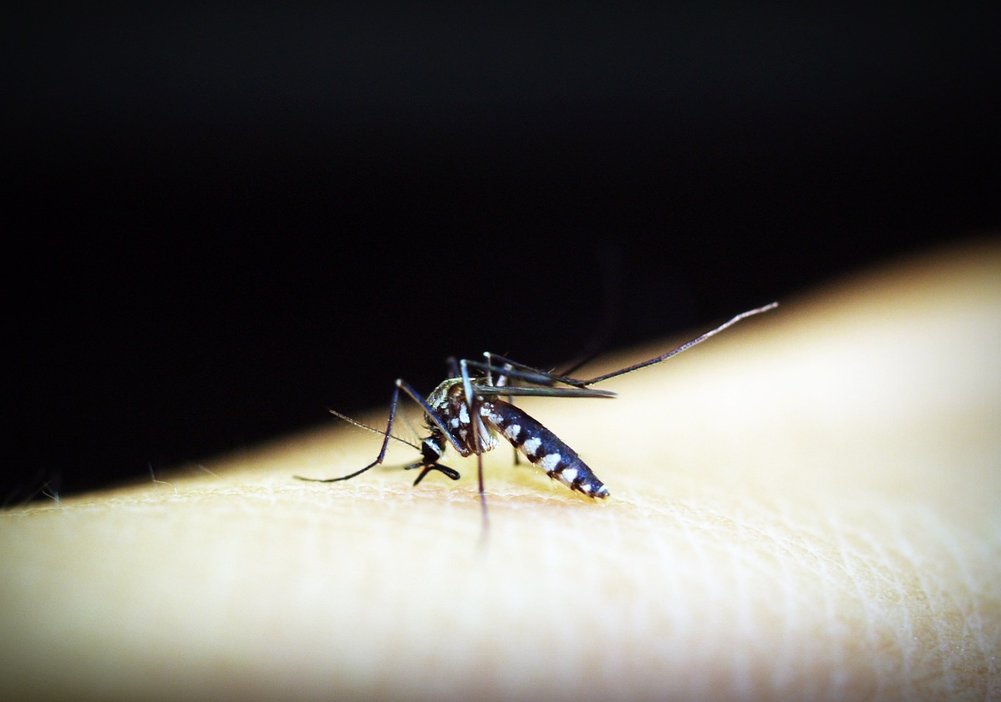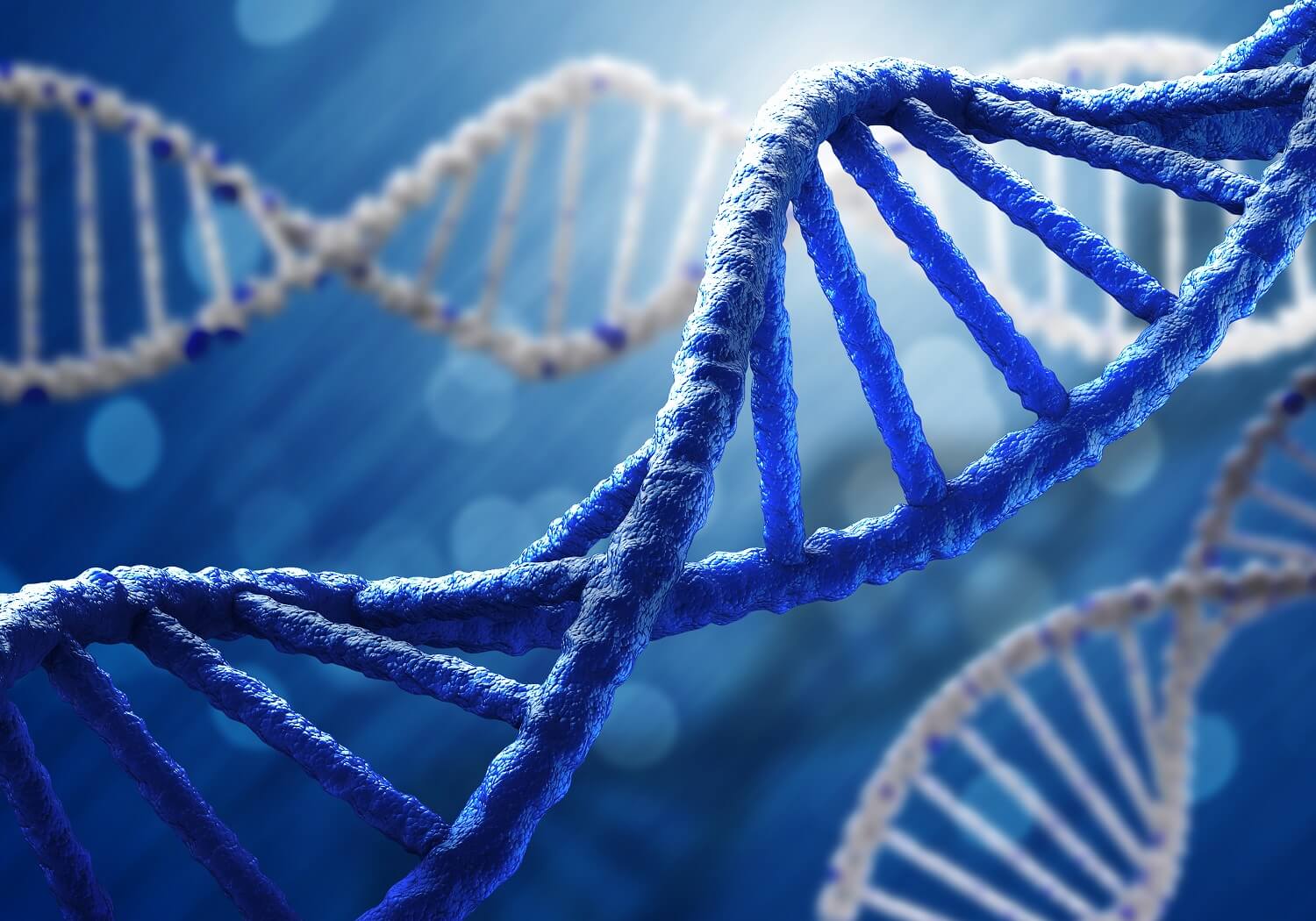Researchers from the University of Copenhagen used a new advanced technique to identify a protein that is responsible for cellular memory transfer in cell division. The finding is decisive for a fresh view and understanding of development from one cell to a whole body.
The trillions of cells in our body cooperate and divide constantly throughout life. The question is, how this basic unit of living organisms remembers whether to develop into a bone, skin, muscle or nerve cell? Scientists from the Faculty of Health and Medical Sciences and the Faculty of Sciences at the University of Copenhagen are one of many who have accepted the challenge.
“We have developed a new tool to look at the transmission of protein-based information in general and how it contributes to the epigenetic memory of mammalian cells. For the first time, we can see which proteins are on the two new DNA strands that are formed when DNA is copied during cell division. Thus, we can now investigate how protein-based information is inherited and propagated to daughter cells,” Anja Groth, a professor at the Biotech Research & Innovation Center, University of Copenhagen, and co-author of the study, said for UCPH News.
They have come one step closer to understanding the process of cellular differentiation. To be more precise, their technique provides new insight into the so-called epigenetic cellular memory. The epigenetic information in our cells helps to control which genes are active and which inactive. The research group used a technique called SCAR-seq. The main point of focus was to address how epigenetic information stored in histone proteins is transmitted when DNA is copied and cells divide. The study has been published in the scientific journal Science.
“This is the first time we have direct evidence that a specific protein is linking the transmission of epigenetic information on histones with the replication of genetic information in DNA. We knew that histone-based information had to be transmitted to both new DNA strands in one way or another, but we did not know how,” said Groth.
In eukaryotes, chromatin fiber is made of nucleosomes – histone proteins with DNA strand attached to and wrapped around it. Chromatin fibers are packaged by proteins into a condensed structure called chromatin. It stores epigenetic information that affects which genes are to be expressed. During a cell division, it is important that both the DNA and the chromatin structure are copied accurately.
In their new study, Groth’s group has observed embryonic stem cells from mice. The SCAR-seq technique has allowed them to identify a protein that is responsible for the transfer of histone proteins from the old DNA strand to the two new DNA strands during replication. Protein MCM2 was determined as responsible for proper segregation of histones to daughter cells.
“It has been a recurring question whether the transfer of histones with their chemical modifications was completely random during DNA replication. In our study, we show that it is not a random but a highly controlled process. Our data show that the histones have a preference for one DNA strand, the so-called leading strand, but that MCM2 counteracts this bias and ensures that there is almost symmetry between the two new DNA strands, that is, an even distribution of histone-based information,” said Groth.
When the researchers disrupted that mechanism, all histone-based information was transferred to just one DNA strand, the leading strand.
“This means that this function by MCM2 is essential for the two new DNA strands to receive the same information stored in histones,” said co-author of the study Robin Andersson, assistant professor at the Department of Biology, University of Copenhagen.
The next problem that the research group will address is how the ability of embryonic cells to form other cell types is affected when the function of MCM2, that ensures proper segregation of the histones, is disrupted and whether these cells still contribute to the formation of an entire mouse.
“Understanding this first part of the mechanism for how daughter cells inherit histones and their modifications from the mother cell has a lot of potentials. Now, we can start to address what significance this transfer of protein-based information actually has for the cell and for the development of the organism. That is our long-term perspective,” said professor Groth.
Epigenetics remains one of the most exciting fields of interest in biotechnology. It is not only important for gene expression in one organism but also for transmission of memories to next generations.
Learn more about epigenetic in the excellent video below:
By Andreja Gregoric, MSc











